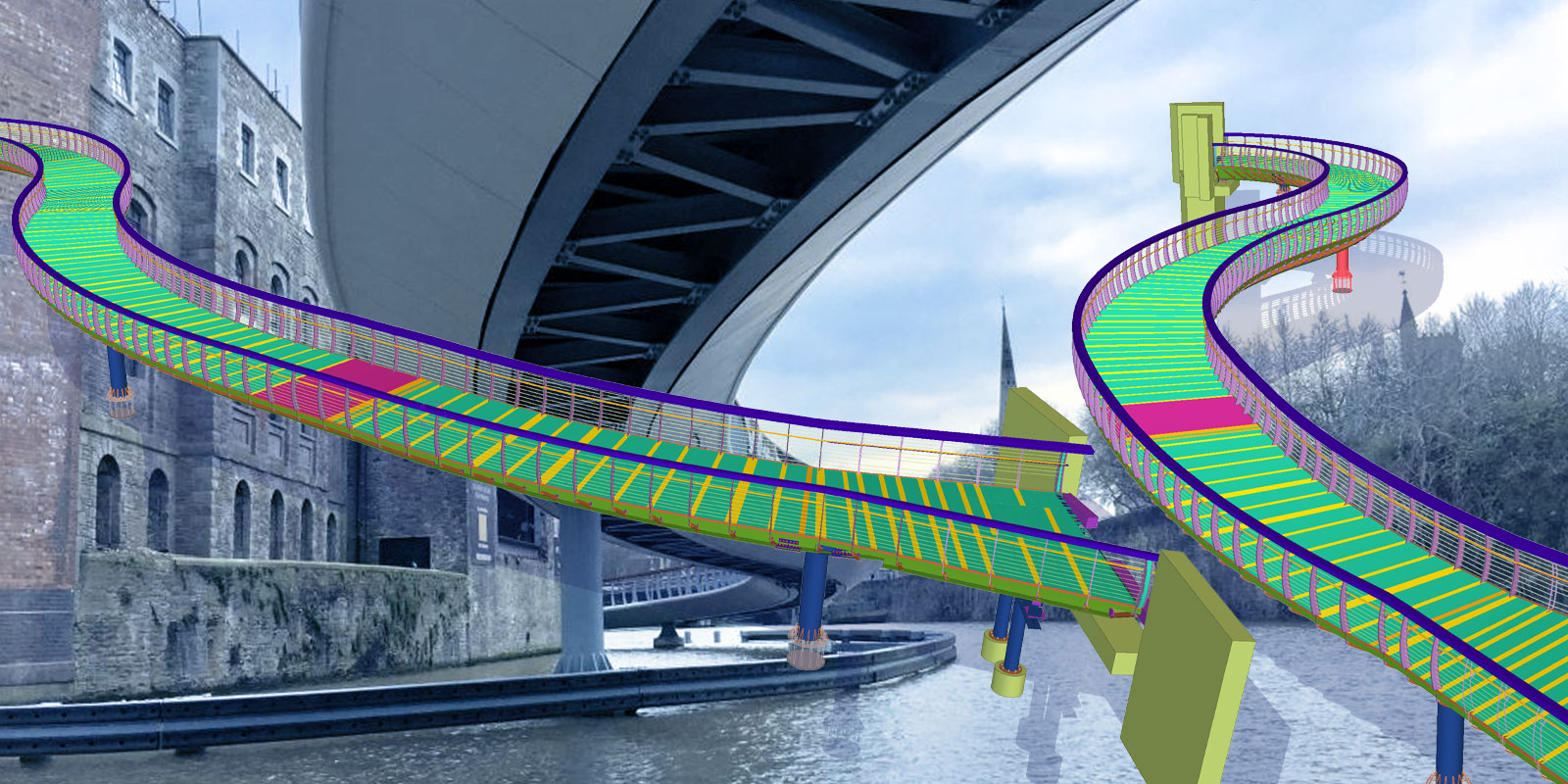The benefits of parametric design
Parametric design differs greatly from traditional 3D modeling and, of course, 2D CAD. It’s based on set rules and parameters, according to which the design is then generated, managed and modified. Modeling with parametric design has significant benefits that improve the design process and ensure that the ready design is of excellent quality.
Increase in speed and accuracy
Instead of manually adding and controlling every part of the model, parametric design lets you define logical rules describing the model and the relationships between its parts, as well as a set of parameters to drive the logic. The design tool then calculates and creates a dynamic 3D model based on your criteria. Eliminating manual work gives a tremendous advantage in terms of productivity because the model can be created much faster. An automatic generation of the design as a whole also decreases the chance for human errors that can, at worst, accumulate into costly miscalculations.
Speedy iteration and flexibility in the face of change
The way the model is created also means that dealing with changes is much easier than with a traditional 3D model, not to mention 2D CAD. Any adjustments to the model are reflected throughout the entire design based on the set logic. Thus, it’s possible to iterate quickly while staying within the design’s criteria and constraints. The agile way to test opens the door to discovering new possible solutions that can make a project more cost-effective. Any arising new requirements for the model can be implemented with ease.

